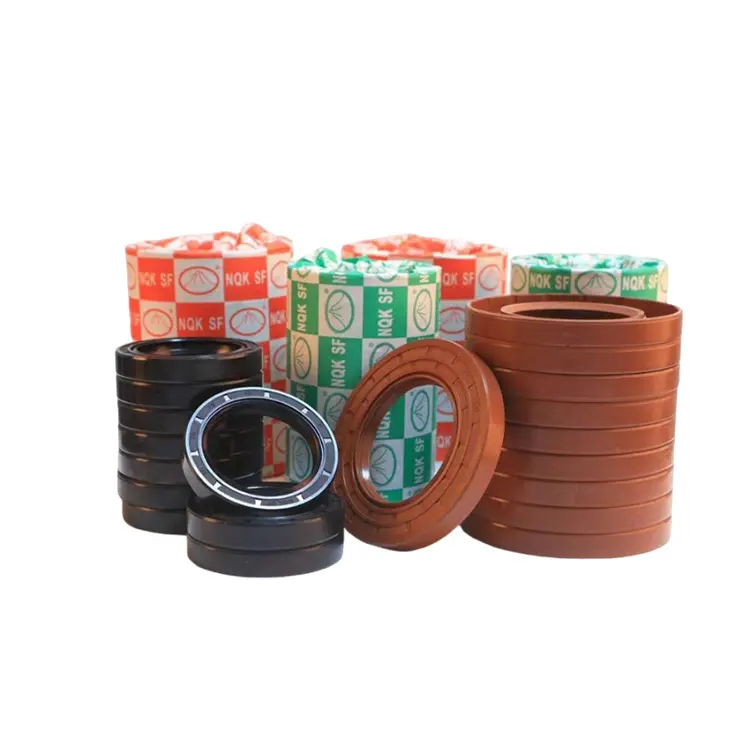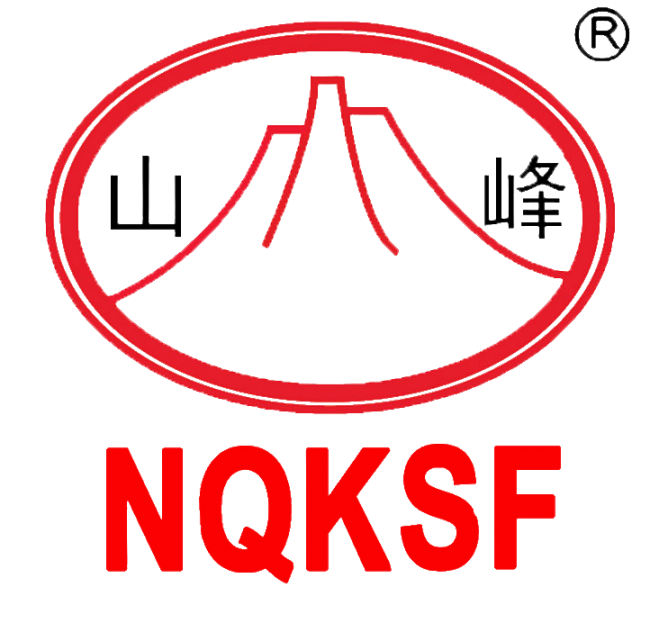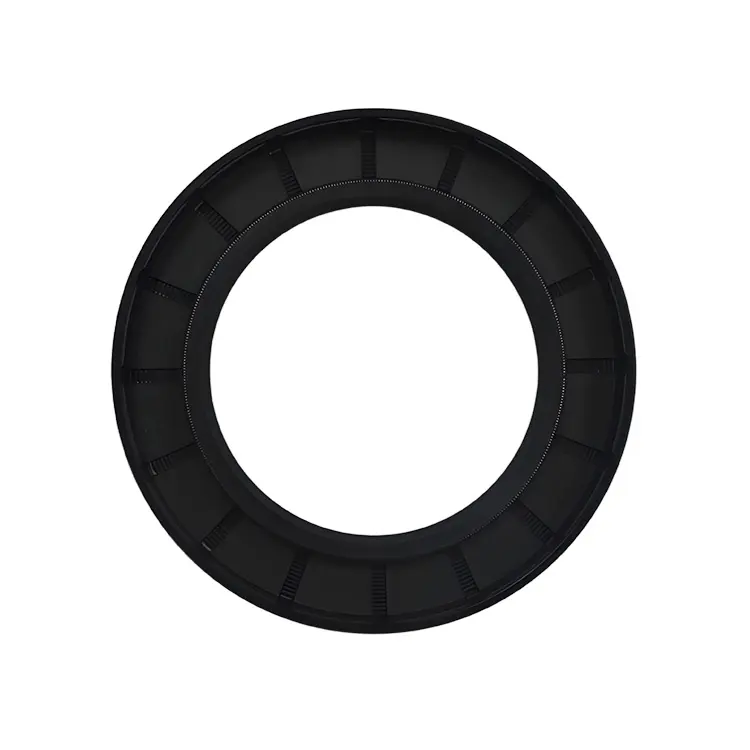Evolving Rotary Shaft Seal Technologies for Enhanced Performance
As industrial machinery continues to advance, so too must the components that ensure its reliability. The rotary shaft seal is one such critical component, vital in preventing lubricant leakage and blocking contaminants from entering systems. Today, innovation is transforming the way rotary shaft seals are designed, produced, and applied. These changes are driven by demands for greater energy efficiency, reduced downtime, and increased equipment longevity.
Incorporating the latest developments in materials science, manufacturing precision, and digital engineering tools, professional suppliers like NQKSF are helping customers optimize the effectiveness of rotary shaft seals.
Material Improvements Driving Seal Performance
Advanced Elastomer Compounds
Material science is at the forefront of rotary shaft seal innovation. Modern elastomers offer enhanced resistance to heat, pressure, and chemical exposure. New fluorocarbon and perfluoroelastomer blends ensure high-performance sealing, especially in aggressive or high-speed environments.
These advanced materials reduce wear and degradation, improving sealing integrity over time. NQKSF, for example, leverages proprietary material formulations to ensure their seals meet extreme operational challenges.
Low-Friction Coatings
To reduce energy losses and surface degradation, suppliers are incorporating low-friction coatings onto sealing lips. These materials reduce torque and heat generation, extending the service life of both the seal and the shaft surface.

Design Enhancements for Durability and Sealing
Multi-Lip Configurations
Traditional rotary shaft seals often used a single lip for contact. Today, multi-lip designs—featuring primary and auxiliary sealing surfaces—are improving sealing efficiency in both static and dynamic conditions. These innovations reduce the risk of fluid leakage and increase barrier protection against contaminants.
Optimized Seal Geometry
Advanced computational tools like Finite Element Analysis (FEA) help engineers fine-tune lip profiles, spring forces, and contact areas. By simulating seal behavior under various conditions, suppliers can optimize geometry for specific applications.NQKSF uses advanced simulation tools to evaluate custom seal designs before production, ensuring optimal function and reliability in real-world use.
Precision Manufacturing Methods
CNC Machining and Mold Accuracy
Modern seal manufacturers rely on CNC precision machining and enhanced mold accuracy to produce rotary shaft seals that meet stringent tolerances. These processes ensure consistent quality, which is essential for high-speed equipment where even minor inconsistencies can cause seal failure.
Automated Quality Control
Vision systems and robotic measurement tools allow real-time inspection of rotary shaft seals during production. Dimensional accuracy and surface consistency are ensured, reducing defect rates and enhancing overall performance.According to NQKSF’s foreign trade manager, these automated systems are indispensable for maintaining international quality standards and improving production efficiency.
Integration of Smart Technologies
Embedded Sensors for Monitoring
Some advanced rotary shaft seals now include embedded micro-sensors capable of monitoring temperature, pressure, and wear. These innovations support predictive maintenance strategies, allowing operators to address potential issues before failure occurs.
While this technology is still in its early stages for broad industrial use, its potential impact on safety, efficiency, and operational planning is considerable.
Digital Twin Modeling
Digital twin technology is helping seal designers create virtual models of rotary shaft seals and test them under digital simulations. By integrating this data into real-life systems, companies can reduce development time and improve customization accuracy.NQKSF’s foreign trade manager believes that integrating digital twins with custom seal projects streamlines R&D and accelerates customer approval cycles.
Environmental and Regulatory Considerations
Compliance with Global Standards
With global industries under increasing regulatory pressure, rotary shaft seal manufacturers must adhere to standards like REACH, RoHS, and ISO 9001. Environmental compliance is no longer optional—it’s an integral part of responsible sourcing.
Use of Eco-Friendly Materials
Innovative suppliers are investing in recyclable materials and cleaner manufacturing processes. These initiatives contribute to reduced environmental impact and align with customer sustainability initiatives.NQKSF’s foreign trade manager believes eco-conscious engineering will shape the future of rotary shaft seal development.
Enhanced After-Sales Support
Installation Guidance and Training
Installing a rotary shaft seal correctly is as important as its design. Professional suppliers provide technical documentation, training videos, or in-person guidance to ensure proper installation.NQKSF supports customers post-sale with clear manuals, tutorials, and responsive technical teams to improve long-term seal reliability.
Preventive Maintenance Recommendations
To maximize lifespan, suppliers offer detailed maintenance schedules and lubrication plans tailored to their rotary shaft seal designs. These strategies help customers avoid premature failure and lower operating costs.NQKSF’s foreign trade manager notes that ongoing support empowers clients to extract maximum value from every seal investment.
Application-Specific Customization
High-Speed and High-Pressure Systems
Industries like automotive, aerospace, and hydraulics require rotary shaft seals designed for extreme pressures and speeds. Innovations such as reinforced sealing edges and heat-resistant compounds allow seals to perform in these demanding settings.NQKSF specializes in customizing rotary shaft seals for such applications, ensuring that critical systems remain sealed under the most intense conditions.
Seals for Food, Pharma, and Cleanrooms
Specialized environments like food processing or pharmaceutical production demand non-toxic, FDA-compliant rotary shaft seal materials. These must also handle aggressive cleaning processes and ensure contamination-free operation.
NQKSF delivers hygiene-focused sealing solutions by employing medical-grade materials and ultra-smooth finishes for cleanroom applications.
Quality Assurance and Testing
Simulated Environment Testing
Advanced test rigs replicate high-speed rotation, chemical exposure, and thermal cycling to validate rotary shaft seal performance. Custom environments ensure seals are proven fit-for-purpose before field deployment.
Batch Control and Traceability
Each batch of rotary shaft seals is tracked from raw material to delivery. This transparency ensures quality consistency and simplifies root cause analysis if failures occur.NQKSF’s foreign trade manager affirms that full traceability strengthens brand credibility and customer confidence.
The Future of Rotary Shaft Seal Innovation
As industries shift toward automation, sustainability, and higher performance thresholds, rotary shaft seal innovation must keep pace. Partnerships with experienced suppliers are essential in navigating these evolving needs. Companies like NQKSF, with decades of experience, a strong commitment to innovation, and full in-house capabilities, are ideally positioned to support global clients with customized, durable, and efficient sealing solutions.
FAQ
What materials are best for rotary shaft seals in high-temperature applications?
High-temperature environments often require materials like Viton (FKM) or PTFE, which resist thermal degradation and chemical attack. These materials maintain their elasticity and sealing power under extreme conditions.
How do I know if a seal design is optimized for my equipment?
Suppliers typically offer engineering support and digital simulations like FEA to validate the design. Working with experienced professionals ensures that the seal geometry, lip force, and material selection suit your operational conditions.
Are rotary shaft seals reusable after equipment servicing?
In most cases, rotary shaft seals are not reusable due to deformation during use. It is always recommended to replace them during maintenance to ensure a reliable seal and prevent failure.
What should I look for in a professional rotary shaft seal supplier?
Look for expertise in custom design, material innovation, compliance with international standards, and a strong technical support system. Suppliers like NQKSF provide end-to-end service—from prototype to post-sale guidance—which enhances the reliability of your operations.
Table of Contents
- Evolving Rotary Shaft Seal Technologies for Enhanced Performance
- Material Improvements Driving Seal Performance
- Design Enhancements for Durability and Sealing
- Precision Manufacturing Methods
- Integration of Smart Technologies
- Environmental and Regulatory Considerations
- Enhanced After-Sales Support
- Application-Specific Customization
- Quality Assurance and Testing
- The Future of Rotary Shaft Seal Innovation
- FAQ

